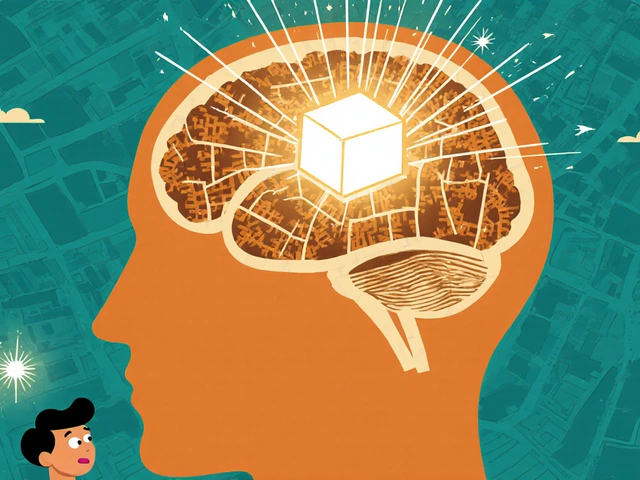Bone Growth Disorders: What You Need to Know
When dealing with bone growth disorders, a group of conditions that alter the normal development, length, or density of bones. Also known as skeletal growth abnormalities, they can affect children and adults alike, shaping everything from stature to fracture risk. Bone growth disorders encompass a wide range of genetic, hormonal, and nutritional factors, and understanding these links helps you navigate diagnosis and care.
Common Types and Their Underlying Factors
One of the most studied entities is osteogenesis imperfecta, a genetic disorder causing fragile bones due to collagen defects. This condition demonstrates how genetic mutations influence bone strength, often requiring bisphosphonate therapy and tailored physiotherapy. Another frequent diagnosis is achondroplasia, the most common cause of dwarfism, resulting from FGFR3 gene changes that limit long‑bone growth. Both examples show that bone growth disorders involve specific molecular pathways that control cartilage development and ossification. Nutritional deficiencies also play a big role; for instance, rickets, a disease caused by vitamin D or phosphate shortage, leads to soft, weak bones in children. Here, the lack of essential minerals directly affects the mineralization process, underscoring the link between diet and skeletal health. Pediatric endocrinology often steps in when hormonal imbalances, like low growth hormone, contribute to short stature, highlighting that endocrine factors are another pillar of bone growth disorders.
Managing these conditions usually requires a multi‑disciplinary approach. Growth hormone therapy can accelerate growth in certain short‑stature disorders, while surgical interventions may correct severe limb deformities seen in achondroplasia. Physical therapy, orthotics, and nutrition plans are essential for osteogenesis imperfecta patients to reduce fracture risk and improve mobility. Emerging gene‑editing techniques aim to correct the underlying mutations in disorders like osteogenesis imperfecta, promising future curative options. Meanwhile, regular monitoring of bone density, growth curves, and biochemical markers offers clinicians actionable data to adjust treatment plans. By recognizing how genetics, hormones, and nutrition intertwine, patients and caregivers can make informed decisions and stay proactive about bone health. Below you’ll find a curated list of articles that dive deeper into specific medications, comparisons, and practical tips related to these disorders.

Osteodystrophy & Growth Plate Abnormalities in Children: Causes, Diagnosis & Treatment
Explore the causes, signs, diagnostic tools, and treatment options for osteodystrophy and growth plate abnormalities in children, with real‑world examples and practical guidance.
Read More




